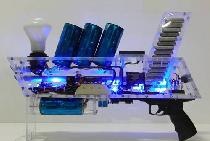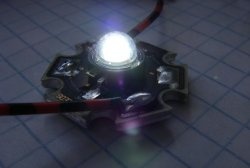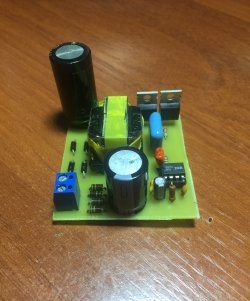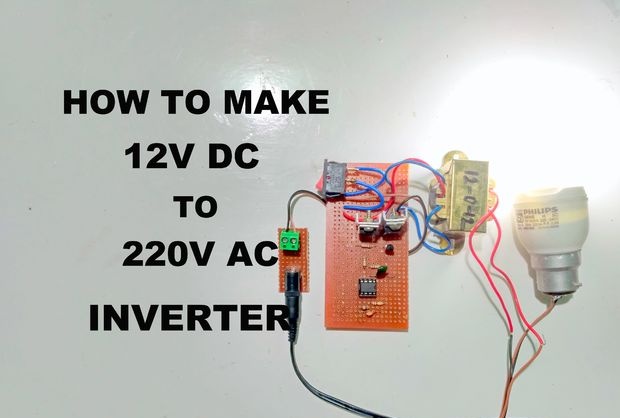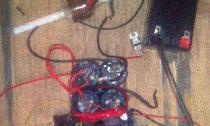
The microcircuit plays the role of a pulse generator. The schematic decoupling is designed in such a way that the microcircuit generates pulses with a frequency of 50 kHz. The pulse voltage is 9 volts, this is enough to trigger a powerful field-effect transistor. It is advisable to use field devices of the irf3205 or irl3705 series. The transistor is mounted on a heat sink; it is convenient to use heat sinks from AT or ATX power supplies. The converter power is 70 - 80 watts, which makes it possible to charge a capacity of 2000 microfarads in almost a second. Capacitors with a voltage of 400 volts are used, the total capacity of 4 capacitors is 13200 microfarads. Choose an 820 ohm resistor for 2 watts, since it will heat up.
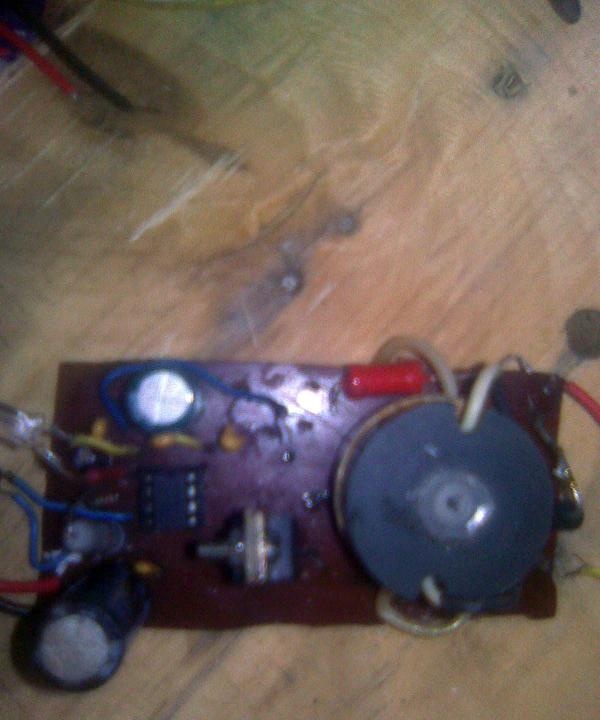
The transformer is wound on cups, although you can use a w-shaped transformer from computer power supplies (the larger one). The primary winding contains only 5 turns, wound with three strands of wire with a diameter of 0.7 mm each strand. The secondary winding contains only 12 turns of wire with a diameter of 0.4 - 0.7 mm; interlayer insulation is not needed. The peculiarity of this converter is that the charging of the capacitors is automatically turned off as soon as the voltage on the capacitors reaches 300 volts. Light-emitting diode indicates that the capacitors are fully charged.
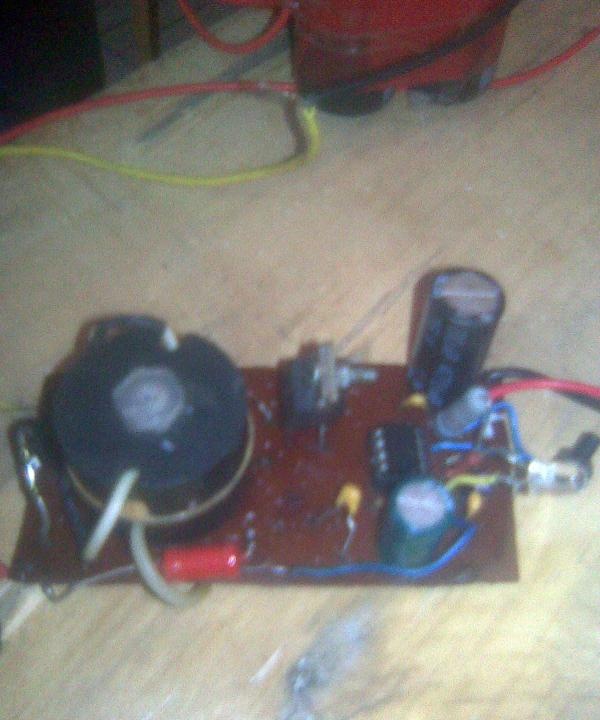
The gun is made on a plastic pipe with a diameter of 8 - 9 mm. The coil contains 50 turns of wire with a diameter of 0.7 - 0.8 mm. The projectiles are pointed iron rods with a length of 3 cm and a diameter of 7 mm; they freely enter and exit into the pipe. After charging the capacitors, their full potential is transferred to the coil. You need to close the circuit with a powerful button for 5 - 10 amperes. At the exit from the pipe, the projectile speed reaches 50 m/sec.
ATTENTION !!! Don't point the gun at people! the consequences can be tragic, since the power is sufficient for the projectile to penetrate the human body.
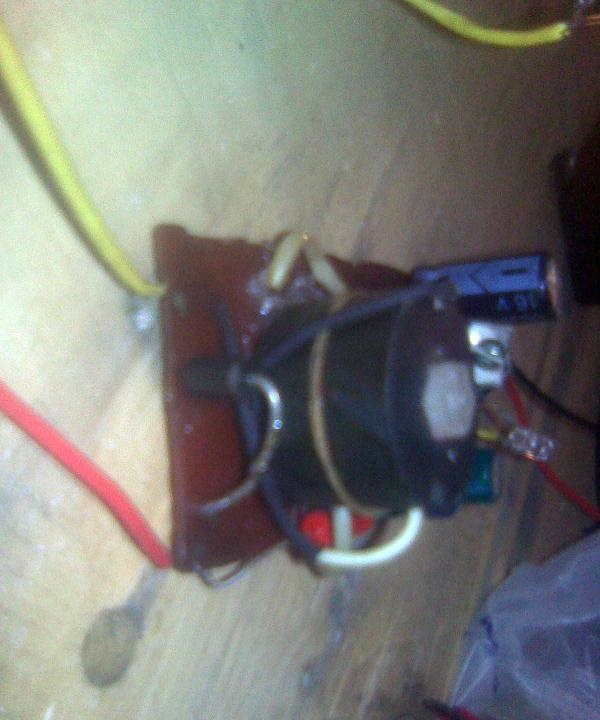
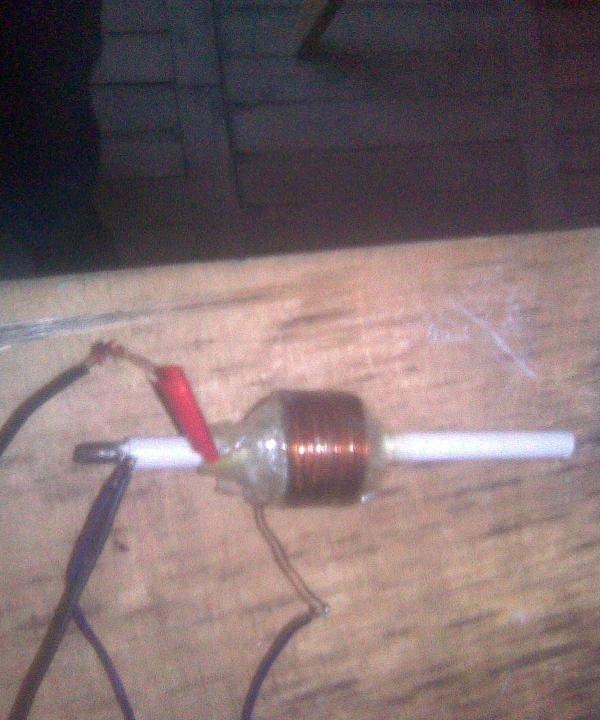
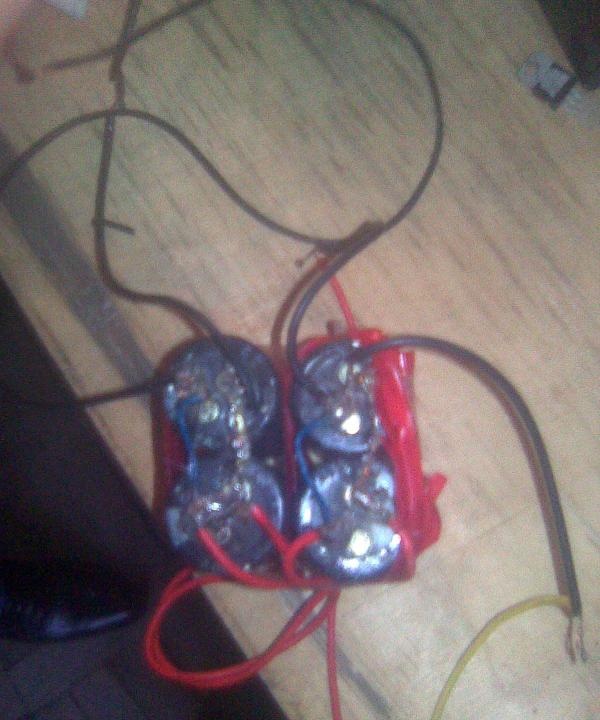
The power supply can be any constant voltage source that is capable of delivering more than 3 amperes of current to the load. Supply voltage from 9 to 18 volts (standard 12 volts). It is convenient to use batteries from uninterruptible power supplies. The current consumption of the converter reaches 12 amperes.

VIDEO:

